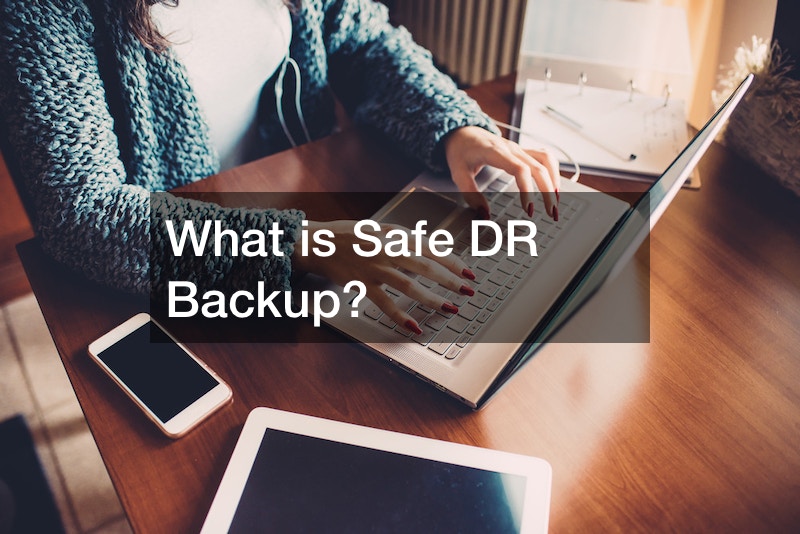Disclaimer: Computers and Technology News Digest. This site provides computers and technology content for informational purposes only.
DR backup, often referred to as disaster recovery backup, is a critical component of modern enterprise technology designed to safeguard crucial data and ensure business continuity. At its core, safe DR backup encompasses two primary aspects: backup and disaster recovery.
Firstly, backup involves the periodic creation of snapshots or copies of essential files.
These backups, taken at intervals that can vary from hours to days, serve as a safety net. For instance, if an employee loses crucial emails or accidentally deletes a file from years ago, these backups allow for data restoration, ensuring no vital information is permanently lost.
Complementing backup is the concept of disaster recovery. This entails comprehensive plans and processes to swiftly regain access to data, applications, and IT resources post an unexpected outage or disaster. In practical terms, if primary systems face disruptions, such as server failures, a disaster recovery solution might involve switching to backup servers or storage alternatives until the primary infrastructure is operational again.
The essence of safe DR backup lies not just in the depth and completeness of the backed-up data but also in the rapidity of its restoration. Every moment of server downtime can translate to tangible financial losses. Furthermore, a robust safe DR backup strategy ensures uninterrupted service, upholds an organization’s credibility by preventing prolonged downtimes that can erode customer trust, and helps navigate potential compliance challenges. By periodically testing and maintaining these backup systems, businesses can confidently face unforeseen data emergencies.
.



